Introduction
“The Price for Freedom” is a powerful film that tells the inspiring and tragic story of the Moore family, pioneers in the early civil rights movement in Florida during the 1940s and 1950s. The narrative weaves together their personal lives, their activism, and the broader social and political climate of the era. This essay provides a structured outline of the script, highlighting key plot points, character arcs, and thematic elements.
Act 1: Setting the Stage
- Opening Scene: Introduction to the Moore Family
- The film opens with a warm, intimate scene of the Moore family at home in Mims, Florida. Harry T. Moore (an educator and civil rights leader), his wife Harriette (an educator and activist), and their daughters Evangeline and Annie Rosalea are depicted in their daily life, showcasing their close-knit bond and the love that fuels their activism.
- Harry’s Work in Education
- We see Harry in the classroom, passionately teaching his students. His dedication to education and his efforts to improve conditions for black teachers and students are highlighted. He is portrayed as a respected and inspiring figure in the community.
- Harriette’s Support and Activism
- Harriette is shown organizing community meetings and supporting Harry’s work. Her strength and resolve are evident as she balances her roles as a mother, wife, and activist.
- Introduction to the Social Climate
- Scenes depicting the racial segregation and systemic injustice of the era are interwoven. The harsh realities of the Jim Crow South are presented through newsreels, interactions with white authorities, and the everyday experiences of the black community.
Act 2: Rising Tensions
- Voter Registration Drives
- Harry and Harriette lead efforts to register black voters, facing significant resistance and danger. Their courage and determination are emphasized as they educate the community about their voting rights and the power of their collective voice.
- Conflict and Threats
- The Moores receive threats and face increasing hostility from white supremacists and local authorities. Tensions rise as their activism gains traction and attracts more attention.
- Family Struggles
- The personal cost of their activism is shown through the strain on their family life. Evangeline and Annie Rosalea struggle with the fear and uncertainty that come with their parents’ dangerous work. Despite this, the family’s unity and love remain steadfast.
- Key Civil Rights Moments
- The film incorporates historical events, such as the founding of the NAACP chapter in their region, marches, and speeches. Harry’s eloquent and powerful speeches at rallies highlight his leadership and vision for a just society.
Act 3: The Climax and Aftermath
- The Bombing
- On Christmas night in 1951, the Moore family’s home is bombed. The scene is intense and emotional, capturing the horror and devastation of the attack. Harry and Harriette are mortally wounded.
- Immediate Aftermath
- The community’s response to the bombing is depicted, with scenes of grief, anger, and solidarity. The daughters, Evangeline and Annie Rosalea, are shown coping with the loss of their parents and the shock of the violence that has shattered their lives.
- Investigation and Injustice
- The lack of a thorough investigation and the failure to bring the perpetrators to justice highlight the systemic racism and impunity of the era. This section underscores the ongoing struggle for civil rights and the challenges faced by activists.
Act 4: Legacy and Reflection
- Community Resilience
- Despite the tragedy, the Moore family’s legacy inspires continued activism. The community rallies, and new leaders emerge, determined to carry on the fight for justice.
- Reflection and Memorial
- The film concludes with scenes of the Moore family being honored and remembered. The Harry T. and Harriette V. Moore Cultural Complex is depicted as a place of learning and reflection, symbolizing their enduring impact.
- Final Message
- The closing scene ties back to the opening, showing the enduring spirit of the Moore family. A montage of civil rights milestones and achievements since their time illustrates the progress made and the ongoing relevance of their struggle.
Conclusion
“The Price for Freedom” is a tribute to the bravery and sacrifice of the Moore family. Through their story, the film sheds light on the broader civil rights movement and the relentless fight for equality. This outline captures the essence of their journey, highlighting the personal and political dimensions of their activism and the lasting legacy they left behind.
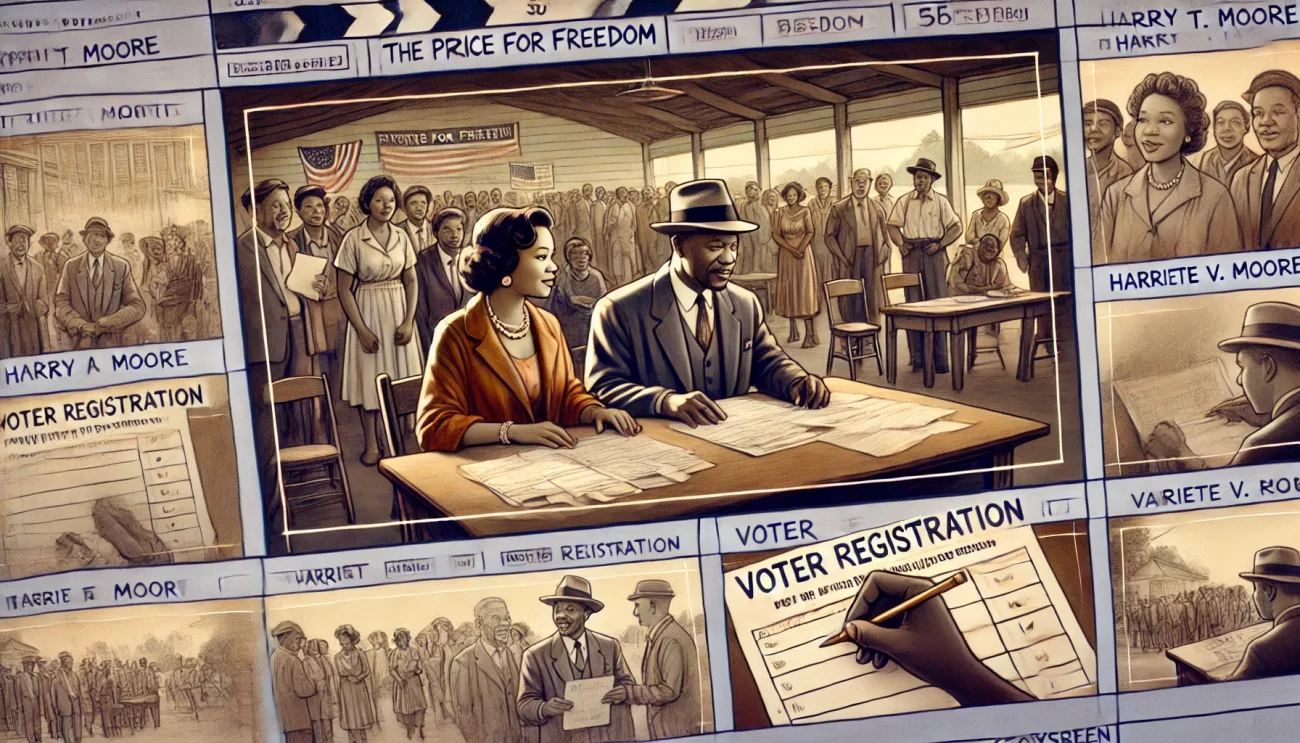
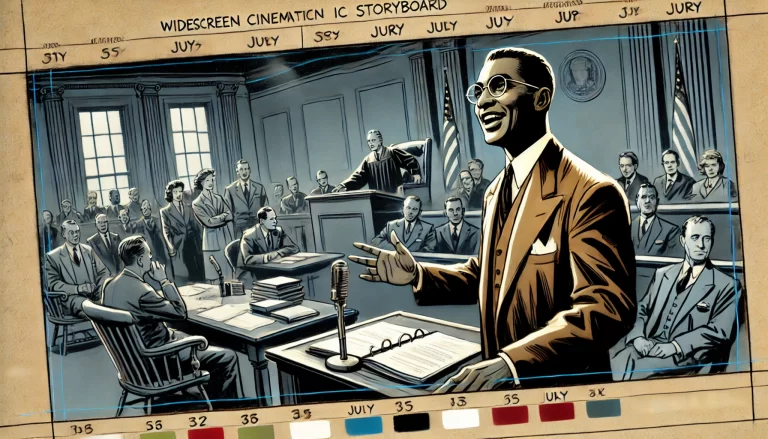

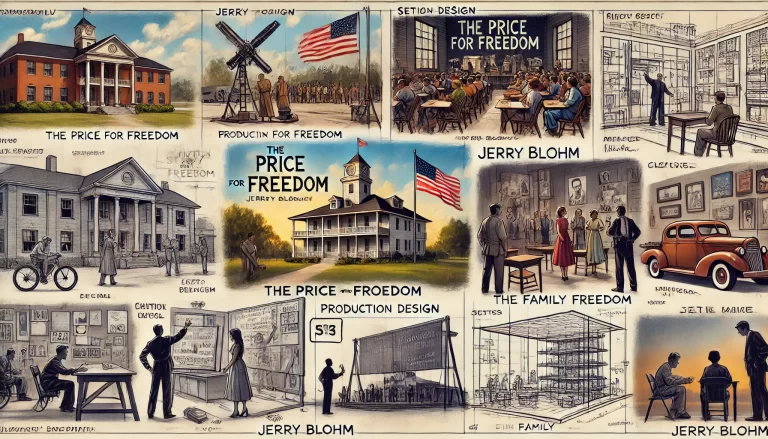
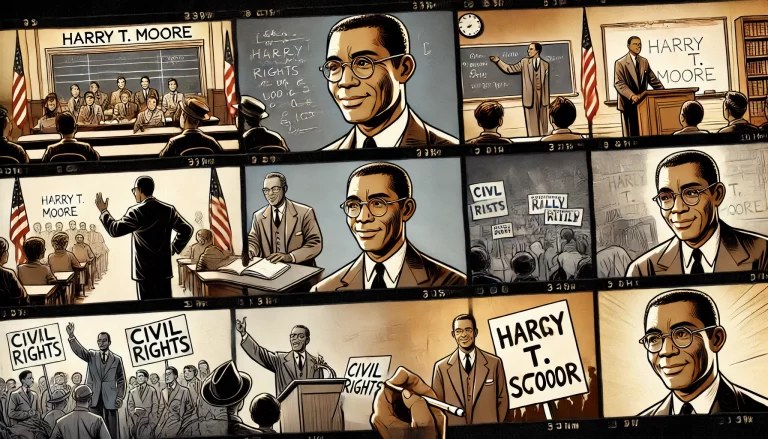

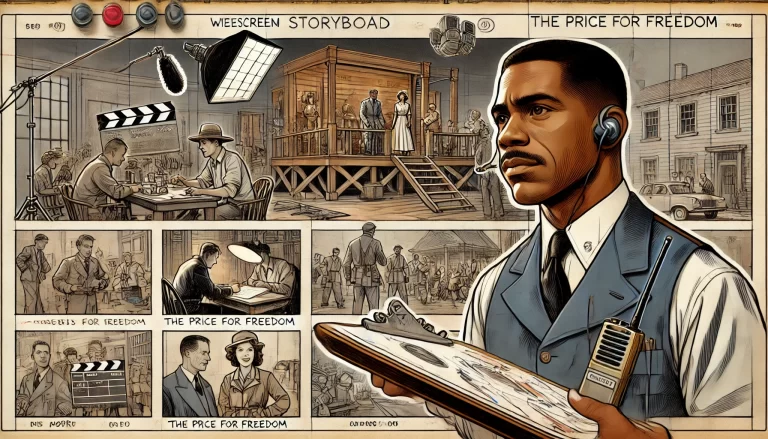
Leave a Comment